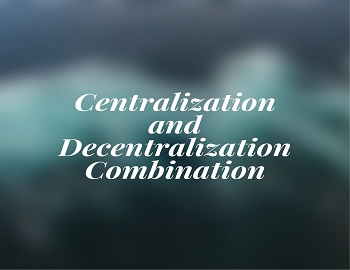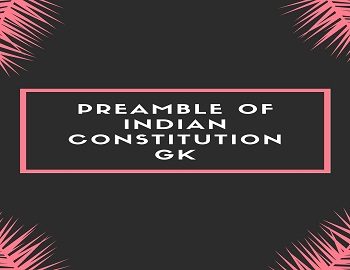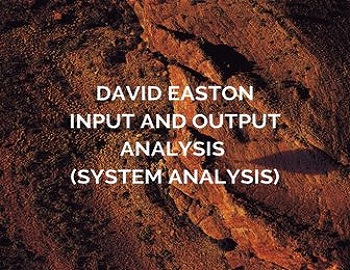Centralization and Decentralization Combination:
Centralization and Decentralization need to be viewed as complementary to each other as a fair combination of the two can only result in stability, accountability, efficiency and effectiveness. Their application in a democratic setup depends upon the objectives of the organisation, its life and size, the nature of service and several other such factors. In order to ensure its stable existence, an organisation has to perform certain functions which are basically centralizing in nature and effect. However, some of the functions are such as requiring decentralization. Hence, an organization has to combine both centralization and decentralization in a required proportion. This proportion has to be worked out on the basis of several factors.
In fact, there are several factors that have to be taken into account for determining the degree of centralization and decentralization in an organisation.
Earnest Dale points out that the degree of decentralization is usually greater in the following situations-
(1) The greater the number of decisions made at the lower levels of the management hierarchy, the greater is the degree of decentralization.
(2) The more important the decisions made at the lower level of management, the greater is the degree of decentralization.
(3) In a decentralized authority structure, more decisions are taken at the lower levels which affect most of the functions of the organisation as a whole.
(4) Decentralization is greater when no check at all is made. It is less when the superior has to be informed of the decision after it has been made. It is still less if the superior has to be consulted before the decision is made. When fewer superiors are to be consulted on fewer matters, and if decisions are made at a lower level in the organisation’s hierarchy, the degree of decentralization is more.
In contemporary times, when there is a multiplicity of administrative and political organisations, there is a need to use both centralized and decentralized patterns of authority for securing maximum benefits for the people. There has been a growing public opinion in favour of decentralization but at the same time, some political forces and the bureaucracy do not favour decentralized systems for they have a love for “empire-building and other such reasons”.
Mervin Kohan has framed four possible combinations and calls the scheme Centralization-Decentralization Matrix.
| Centralized (Concentrated) | Decentralized (Dispersed) | ||
| A | Plants Personal Equipment (Facilities) | Product, services and business functions are concentrated in one building or in several buildings within a localized area. | Products, services and business functions are scattered in many areas, multi-plant operations, each sub-unit is a separate entity, maybe autonomous, self-sufficiently performing most major business functions. |
| B | Authority (Decision-making) | A high degree of concentration and retention of decision-making at the upper levels of management; Subordinates highly dependent. | A high degree of delegation and dispersion of decision-making horizontally and vertically downward to lower levels of management; subordinates relatively independent, Profit Centre Concept. |
The above table gives us four possible combinations of Centralization-Decentralization-
(1) The first combination indicates a high degree of concentration of facilities as also of authority in the top levels of organizational hierarchy. These levels also perform all the management functions of decision-making and directing their effective implementation. The organisation relating to defence is an example of this type of combination.
(2) The second combination results in an organization whose physical facilities are centralized in one place. In other words, the products and services are centralized but the decision-making authority is delegated horizontally and vertically. State Trading Corporation or agencies concerned with foodgrains are examples of this type of combination.
(3) The third type of combination is reflected by an organization in which physical facilities are dispersed among various units located in various parts of the country or a region but the major decision-making authority is centralized at the top level of management. Various road transport organizations are examples of this type of combination.
(4) In a situation in which both the physical facilities and the decision-making authority are dispersed or decentralized between various levels and units, we have an organisation based on decentralization. The Hindustan Machine Tools Ltd. is an example of this.









Comments (No)